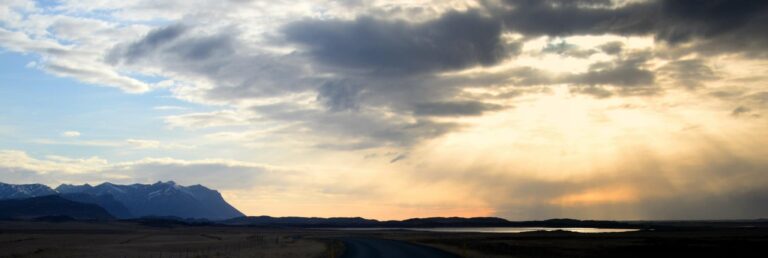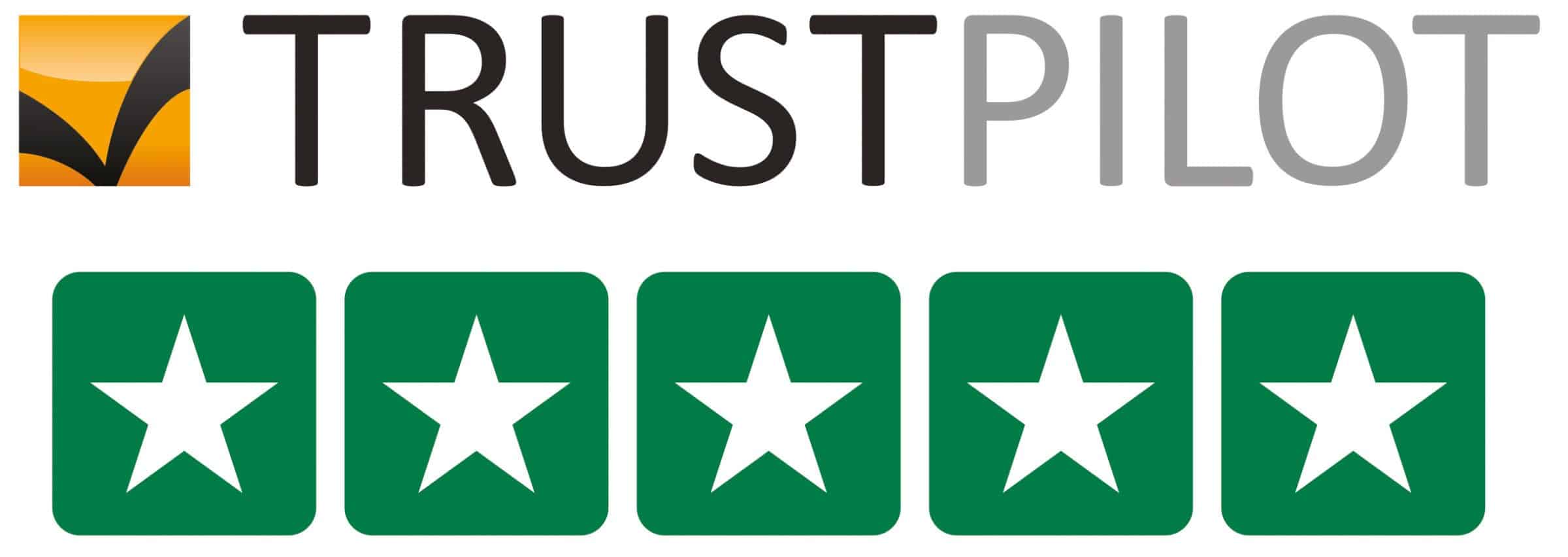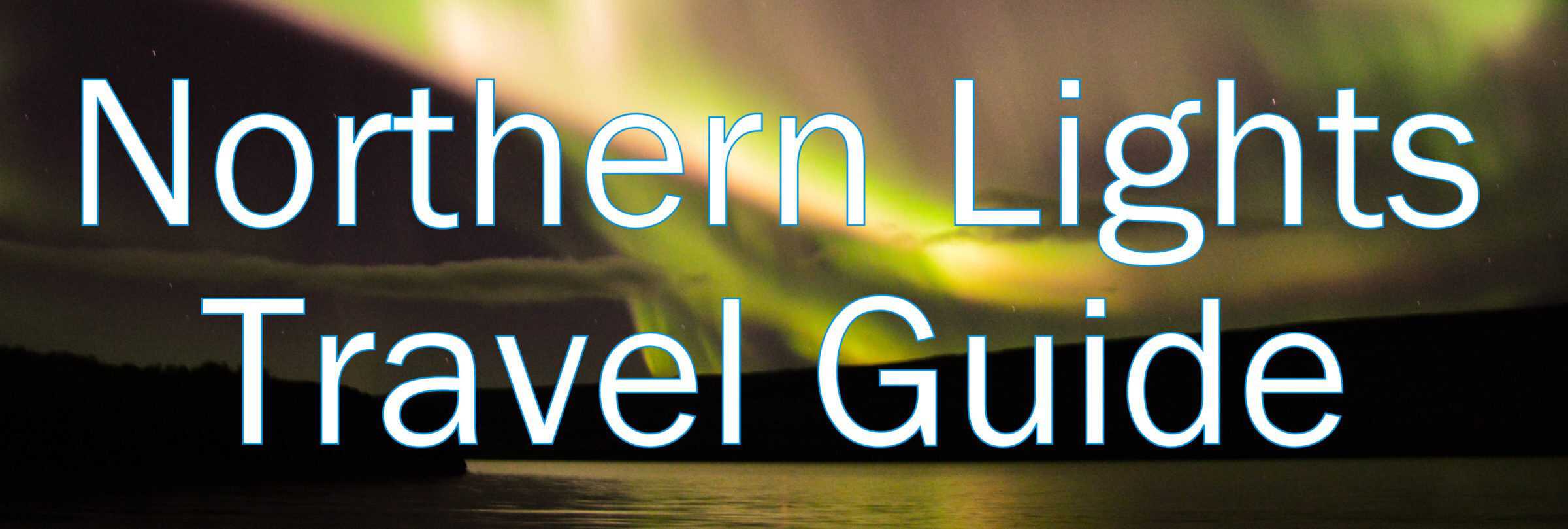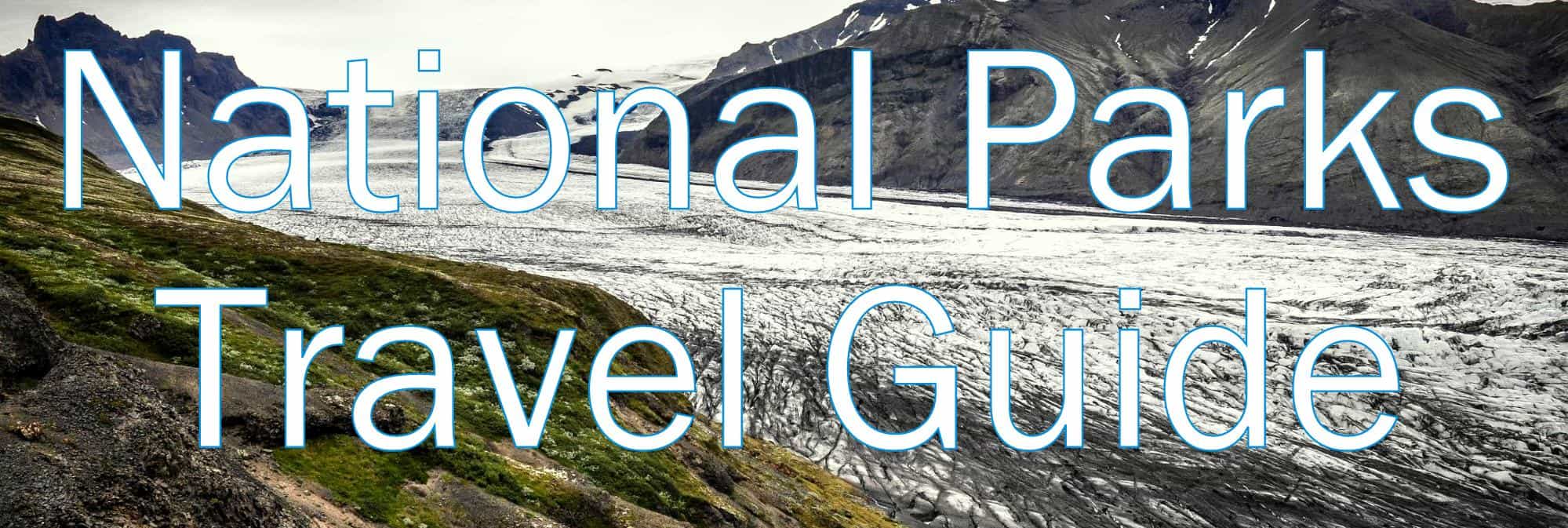As you’ve no doubt read by now, Iceland is one of the most peaceful and safe countries to travel in. You feel it as soon as you arrive here. Most people are very friendly and helpful; even the loud party-goers prancing around downtown Reykjavik past midnight. Iceland is so safe that most people in the countryside don’t lock their doors and leave their cars open without a care in the world. But, like any other highly visited area, there are a few tourist traps to be aware of.
So what are the tourist traps in Iceland and how can you avoid them? Keep reading to discover everything you need to know about potential tourist scams in Iceland.
1. Icelandic water
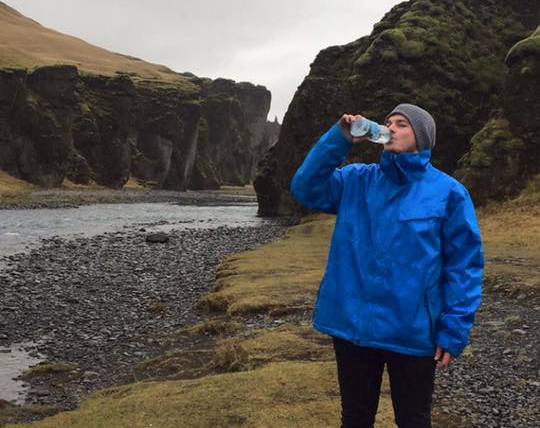 Yes, you read that right: water. In Iceland, you are literally surrounded by some of the best drinking water in the world. It comes straight to the taps and faucets of homes and hotels after being filtered through lava for years and years. The water here is delicious and so clean. So, when you have free access to such luxury, why spend money on bottled water?
Yes, you read that right: water. In Iceland, you are literally surrounded by some of the best drinking water in the world. It comes straight to the taps and faucets of homes and hotels after being filtered through lava for years and years. The water here is delicious and so clean. So, when you have free access to such luxury, why spend money on bottled water?
Not only should we all try to lessen our use of single-use plastic, but bottled water here can get so expensive.
We’ve seen 1/2 liter bottled water being sold at very popular tourist sites for as much as 800 ISK, or about 6.6€/7$. When you’re traveling, those numbers add up quickly, and this is money that you can use for much more fun stuff on your holiday, like food, gifts, and mementos to take home.
2. Icelandic wool sweater
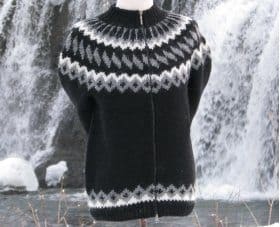 The traditional Icelandic wool sweater has been around for approximately 500 years. The Icelandic word for it is lopapeysa (lopa = wool yarn and peysa = sweater). Legend has it a French tourist traveling around Iceland once upon a time saw a farmer in a field who happened to be wearing a wool sweater. The tourist started to point to the farmer saying “Paysan“ —, the French word for peasant. People thought the tourist meant the sweater and the name Icelandic lopapeysa was born. True or not, it’s a funny story.
The traditional Icelandic wool sweater has been around for approximately 500 years. The Icelandic word for it is lopapeysa (lopa = wool yarn and peysa = sweater). Legend has it a French tourist traveling around Iceland once upon a time saw a farmer in a field who happened to be wearing a wool sweater. The tourist started to point to the farmer saying “Paysan“ —, the French word for peasant. People thought the tourist meant the sweater and the name Icelandic lopapeysa was born. True or not, it’s a funny story.
In recent years, machine- made wool sweaters made in China have made their way into certain stores here and, as it turns out, they are not cheaper than the genuine Icelandic ones. So skip the tourist souvenir shops with fake Icelandic sweaters and invest in an authentic Icelandic, hand-knitted sweater.
We promise, there are few things warmer. Álafoss and the Icelandic Hand knitting Aassociation are famous for their quality.
Test yourself: Take our Iceland Quiz!
3. Buying groceries
When you are preparing your camper van rental for your Iceland trip, you need to fill it up with food too. Dining out every day of your trip can get expensive and impractical while on the road, so you need to head out to a grocery store nearby you.
But where should you go? Well, there are a few decent chains and smaller grocery shops where you can get what you need, but if you decide to get your items at 10-11, be prepared to pay a lot more than in any other store in Iceland. Unless you are really in a pickle or just need a couple little things, do your grocery shopping somewhere else.
We have two large affordable stores here: Krónan and Bónus. It’s easy to spot them: Bónus has a big, pink pig as a logo and Krónan has a yellow coin in its name. There is also another big chain called Hagkaup that can be found all over the country. They are a little bit more expensive than the two above but usually have better vegetables.
4. Icelandic candy
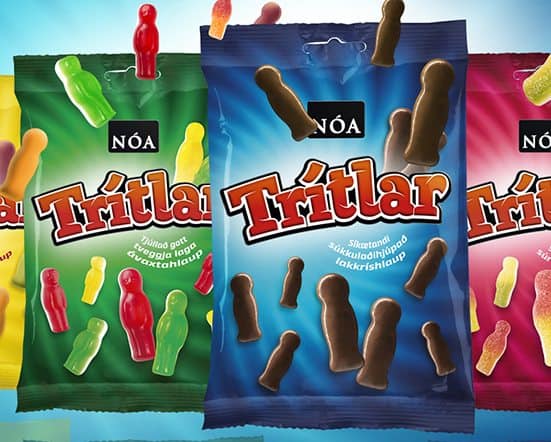 Wherever you decide to go grocery shopping you’ll see different kinds of candy everywhere. Icelanders love their candy and it comes in all shapes and colors, with chocolate being the biggest seller. Many of the bigger grocery stores typically have “nammibar” a bulk candy bar where you pick what you want and the bag is then weighed. On weekends many of them offer discounts people can get their share of Laugardagsnammi, (Saturday candy).
Wherever you decide to go grocery shopping you’ll see different kinds of candy everywhere. Icelanders love their candy and it comes in all shapes and colors, with chocolate being the biggest seller. Many of the bigger grocery stores typically have “nammibar” a bulk candy bar where you pick what you want and the bag is then weighed. On weekends many of them offer discounts people can get their share of Laugardagsnammi, (Saturday candy).
If you also are a candy lover, you must try Icelandic sweets, but for an authentic experience, don’t buy candy with English names like Puffin eggs, Lava Sparks, Horse Doo, etc. Most of these are traditional candy that have been repackaged for tourists but priced 4-5 times more than in any ordinary store.
The same goes for the candy being sold at Keflavik International Airport. They do have a lot of options to choose from, but it’s often cheaper to buy it in either Krónan or Bónus in case you are planning to bring some candy or chocolate home with you.
5. The Blue Lagoon
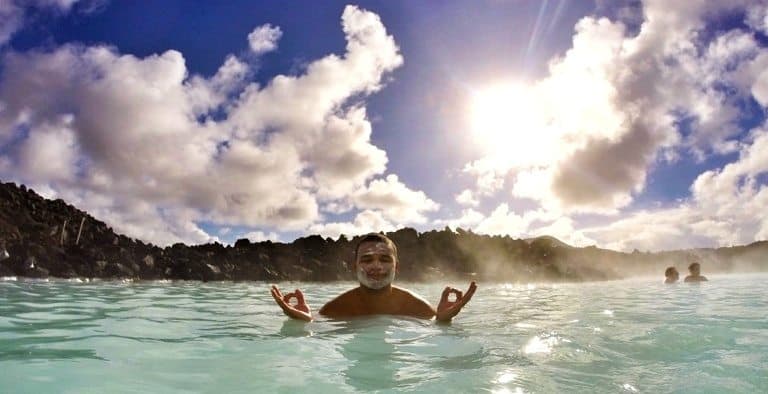 The Blue Lagoon is one of the three, iconic tourist destinations in Iceland and rightly so. However, contrary to popular belief, this beautiful site isn’t really a natural wonder. This is how it came to be:
The Blue Lagoon is one of the three, iconic tourist destinations in Iceland and rightly so. However, contrary to popular belief, this beautiful site isn’t really a natural wonder. This is how it came to be:
In 1976, engineers opened the valves to the geothermal power plant, Svartsengi, which led to a runoff of hot water was lead out to the lava fields.
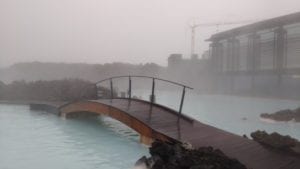 In no time, the lagoon was formed. It didn’t take long before Icelanders deemed it the perfect place to swim. Plus, people also discovered it had the wonderful benefit of relieving psoriasis. Then someone moved an old morgue from Keflavik to the lagoon to be used for changing facilities. Yes, a morgue! In 1987, the lagoon was officially opened as a swimming place with showers and pontoons.
In no time, the lagoon was formed. It didn’t take long before Icelanders deemed it the perfect place to swim. Plus, people also discovered it had the wonderful benefit of relieving psoriasis. Then someone moved an old morgue from Keflavik to the lagoon to be used for changing facilities. Yes, a morgue! In 1987, the lagoon was officially opened as a swimming place with showers and pontoons.
The lagoon we know and love today was built in the early 1990s.
Today, Icelanders don’t use the lagoon as they once did. First of all, most people find it to be almost prohibitively expensive. Secondly, the crowds and the prospect of having to book in advance is not something Icelanders finds appealing.
More and more tourists have started to call the Blue Lagoon an Iceland tourist trap. However, that might not be necessarily true, since the Blue Lagoon tries to attract everybody, not only tourists. So we wouldn’t necessarily call it a tourist trap, just a very expensive place to go for a swim. If you’re traveling the Ring road, you’ll have the possibility to visit Mývatn nature bath, which is preferred by locals due to the lower prices and a much more relaxed atmosphere.
Read more: Travel apps for Iceland (updated)
6. Near beer
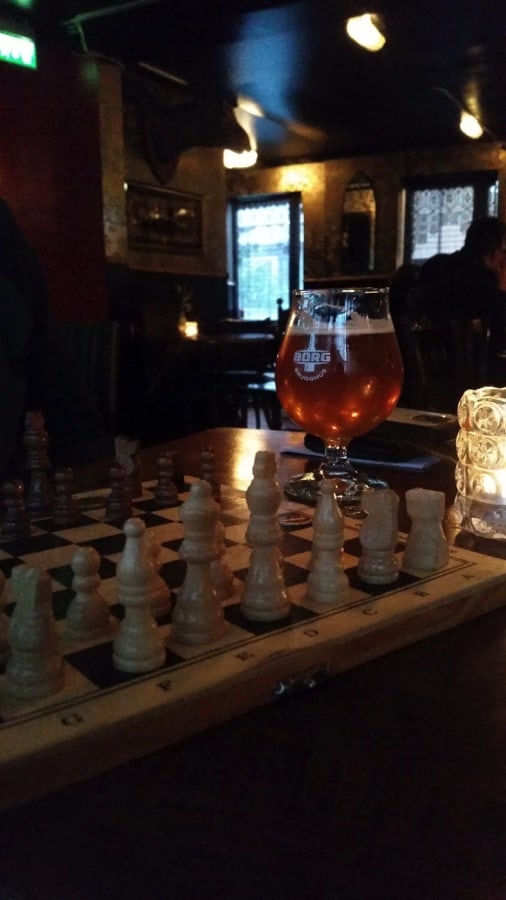 Another thing (which is not necessarily an Iceland tourist trap, but more a misunderstanding) is the beer in supermarkets. When you visit a grocery shop, you will see beer being sold. However, this beer probably isn’t the beer you’re looking for. The beer sold in grocery stores is a non-alcoholic version and it’s called pilsner here. To get the beer you are used to, you have to either buy it in the duty free store when you arrive or you go to the state run-store called vinbudin.
Another thing (which is not necessarily an Iceland tourist trap, but more a misunderstanding) is the beer in supermarkets. When you visit a grocery shop, you will see beer being sold. However, this beer probably isn’t the beer you’re looking for. The beer sold in grocery stores is a non-alcoholic version and it’s called pilsner here. To get the beer you are used to, you have to either buy it in the duty free store when you arrive or you go to the state run-store called vinbudin.
7. The Sun Voyager
The Sun Voyager is one of those places that looks amazing in pictures but can feel a bit underwhelming when you’re standing right there. It’s a modern sculpture by Jón Gunnar Árnason, meant to symbolize hope, dreams, and discovery. Sounds pretty deep, right? But the thing is that the sculpture is also in a site that’s completely exposed, so you’re likely to deal with some serious wind, especially if the weather’s not on your side. The views of the harbor and Mount Esja in the background are undeniably pretty, but once you’ve taken a couple of photos, that’s about it. There’s not a lot more to the experience waiting for you here. It’s a quick stop, and while some people love it, others leave wondering if it really lives up to all the hype.
8. Airport taxis
Grabbing a taxi from Keflavik Airport seems like the easiest way to get into Reykjavik, but it’s also one of the most expensive Iceland’s tourist traps around. The fares can add up quickly, leaving you wondering if you just paid for the most expensive 45-minute ride of your life. Instead, hop on the airport shuttle. It’s way cheaper, still comfortable, and it’ll drop you off at your hotel or a central spot in town.
9. Lundabúð souvenirs
Lundabúð shops are everywhere in Reykjavik, selling puffin-themed souvenirs and typical tourist trinkets. While it’s tempting to grab something cute, these puffin shops are notorious for selling overpriced, mass-produced items that you’ll likely find in every other shop along the main street. Iceland’s touristy souvenir shops are like almost anywhere else, where the quality often doesn’t match the price. You can get better, more unique souvenirs if you take the time to explore smaller, local artisan shops or markets. If you’re looking for something that really captures Iceland’s spirit, it’s worth skipping the puffin magnets and taking a bit of time to discover more authentic Icelandic stores.
10. Sólheimasandur Plane Wreck
The Sólheimasandur Plane Wreck has become one of Iceland’s most Instagrammed spots, but the reality is less glamorous. The abandoned U.S. Navy plane crash-landed on a black sand beach in the 1970s, and while the photos make it look epic, the journey there is a bit of a slog. It’s a long, windy walk (about 45 minutes each way) across nothing-to-see terrain, and once you get there, it’s often crowded with people trying to snap the perfect shot. If you’re short on time or energy, this might not be worth the trek, especially since Iceland has plenty of other breathtaking spots that don’t require quite as much effort for a payoff.
11. Volcano tours
Volcano tours sound exciting — who wouldn’t want to get up close to one of Iceland’s famous volcanoes? But the reality can be a bit underwhelming, especially given the high price tag. Many tours involve long drives, minimal time at the actual site, and often, you won’t see much more than lava rocks and some steam. If there isn’t an eruption happening, you might leave feeling like you didn’t get your money’s worth. Iceland’s natural beauty is everywhere, and you can see stunning volcanic landscapes for free if you’re up for some exploring on your own.
Explore Iceland with Rent.is
In general, the Land of Fire and Ice is a very honest place — and even the worst Iceland tourist traps are still pretty cool. So, when it comes to the worst tourist traps in Iceland, it’s not necessarily about getting scammed — it’s more about not getting your money’s worth. The truth is that whether it’s overpriced bottled water, underwhelming tours, or expensive taxis, many visitors end up spending more than they need to.
The best way to avoid Iceland tourist traps? Explore Iceland on your own terms with a campervan from Rent.is. You can skip the crowded buses and inflated prices while having the freedom to go wherever the road takes you. With a campervan, you’re in control of your adventure, and you won’t feel like you’ve wasted a single moment. Don’t just see Iceland — experience it. Book your campervan with Rent.is and make your journey unforgettable.
Happy Camping! – #WohoCamper
Iceland Travel Guides
If you like what you see, please subscribe to our YouTube channel!

